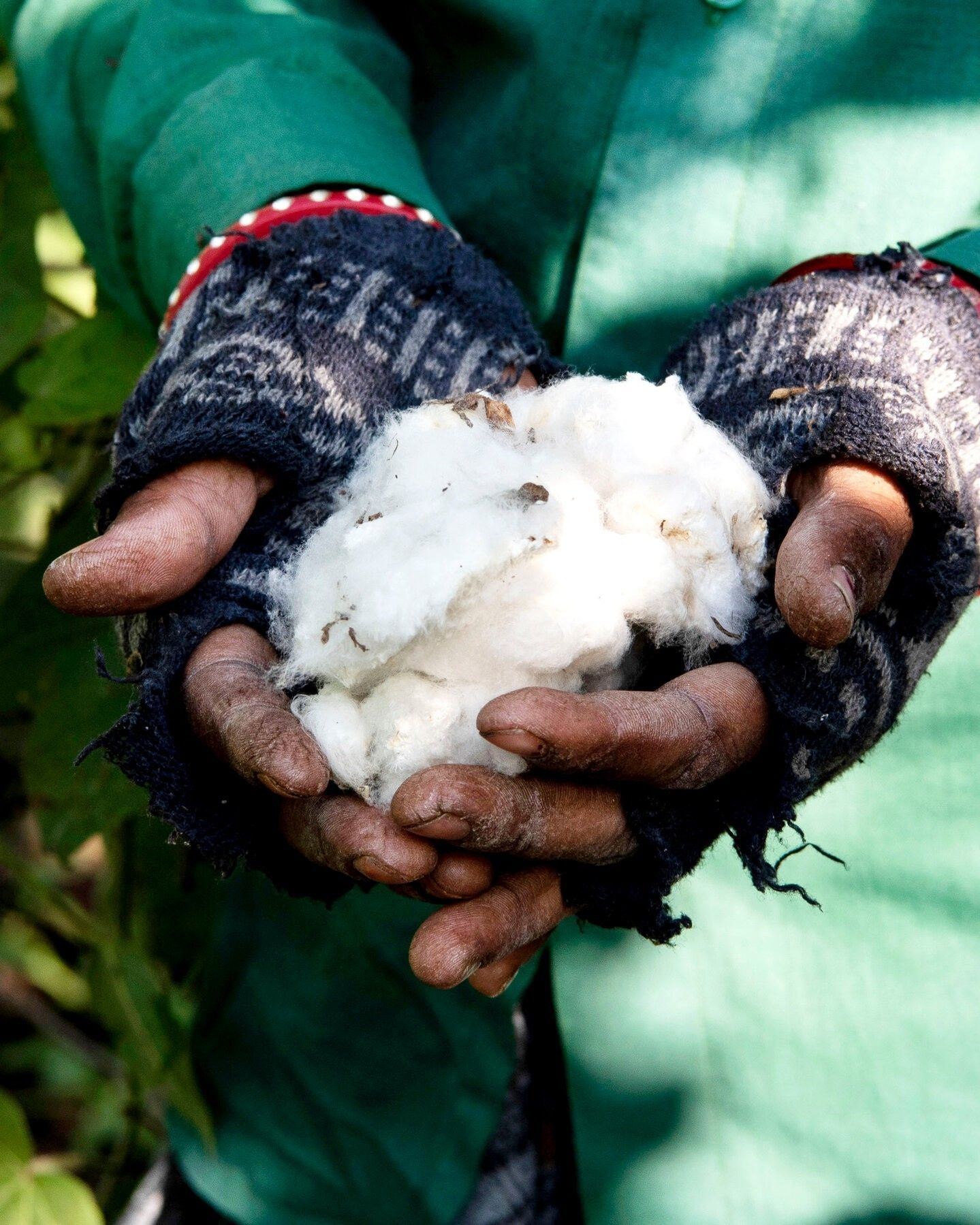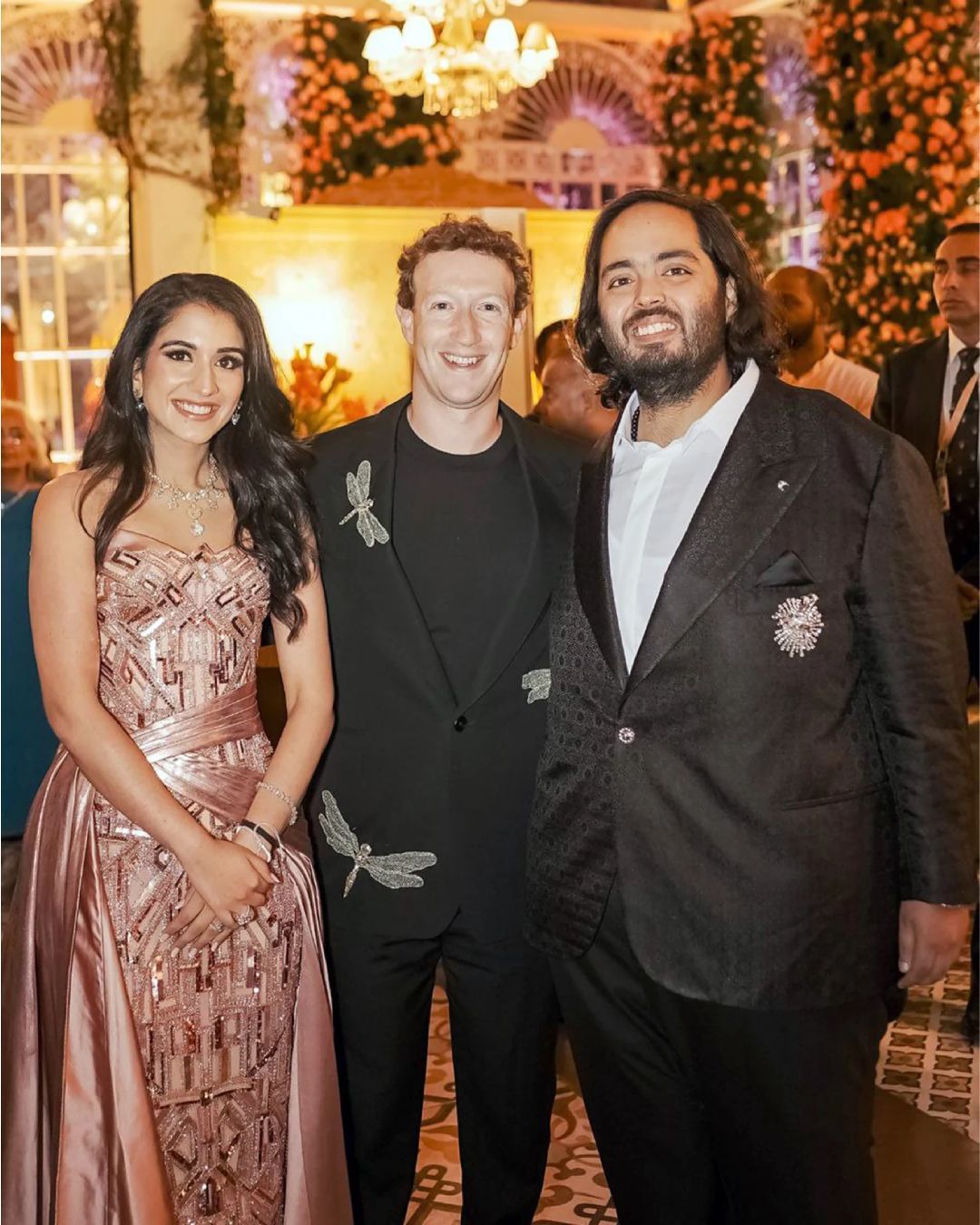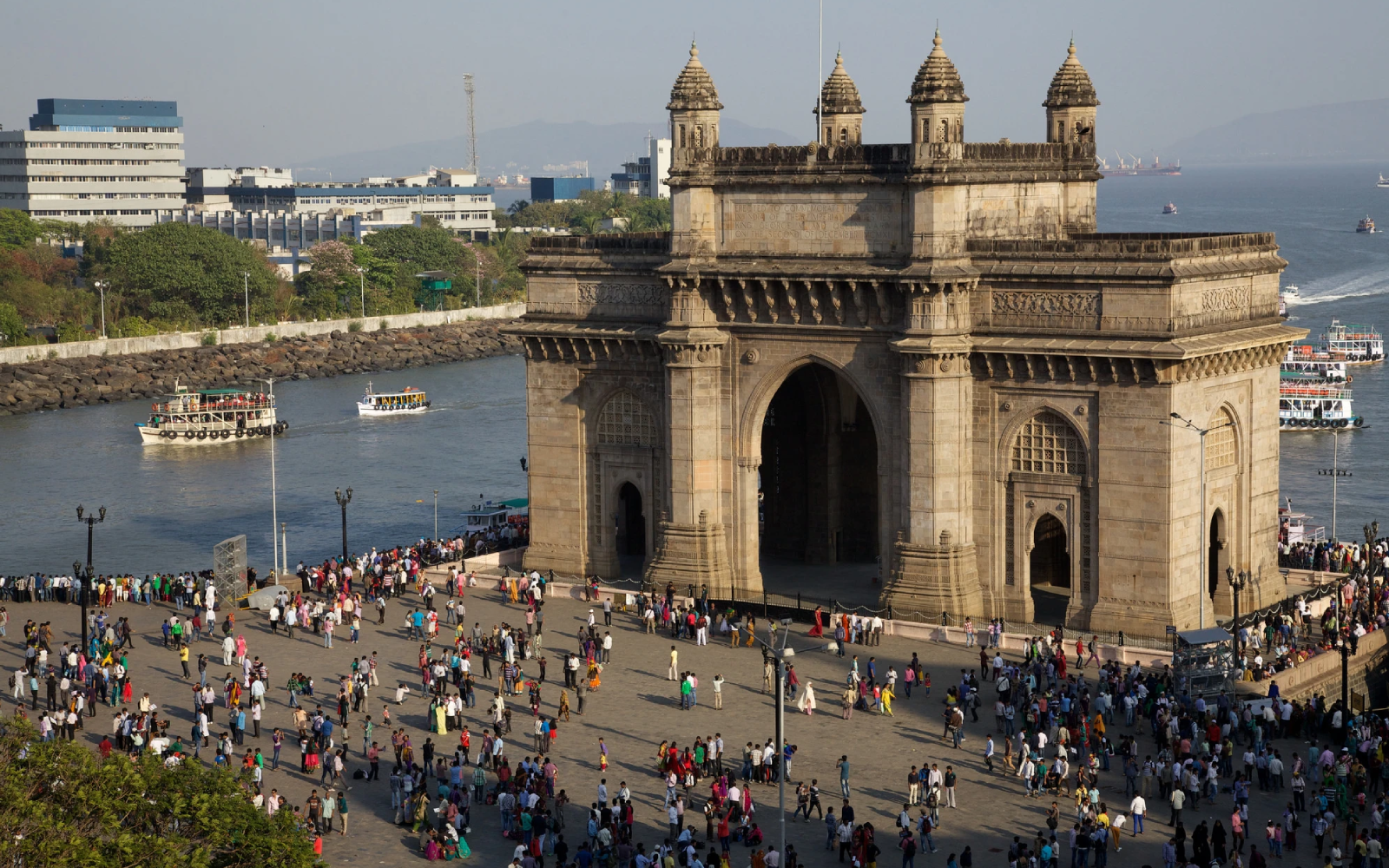
After India, affordable luxury will conquer the world The country could become the new launching pad for European and local brands
For several years after the lockdown, the luxury world wondered if India was about to become the new China – namely a new, more or less intact reservoir of ultra-high-net-worth clients. An interest symbolically peaked last year with Dior's show in Mumbai but even more so with investments. In 2023, luxury brands greatly expanded their presence in India in a rush for rentals with 56,000 square meters of new commercial space in various formats, 170% more than in 2022, as reported by the real estate consulting firm CBRE South Asia and the PHD Chamber of Commerce and Industry: a 300% increase in shopping malls, another 100% increase for high street stores, and another 200% increase for standalone stores. Dividing the distribution, high street stores accounted for about 45% of the total luxury leases (according to the report in question "High streets are typically open markets in a prominent area with a strong retail presence (more than 2-3 shops), while standalone developments are single developments hosting one or more large brands" meaning multi-brand boutiques) while shopping malls accounted for 40%, and standalone stores accounted for the remaining 15%.
This expansion reflects the increased attractiveness of India as a profitable market for fashion brands, driven by the growing class of aspirational consumers. But a rising tide lifts all boats: the triumphant advance of a new middle-upper class of consumers means not only opportunities for major luxury players but for a legion of other brands defined as "affordable luxury" or "alternative to luxury" that are indeed gaining ground in the country.
How is the Indian market evolving?
@indiatimes Take A Look Inside India's Largest Luxury Mall Jio World Plaza In Mumbai: What Sets It Apart? #largestmall #largestshoppingmall #worldplaza #luxurymall #luxurymallinindia #jioworldplaza #makeitgucci #prada Hum Apni Taraf Se - Kumar Sanu, Alka Yagnik
The projections for the luxury market in India are truly impressive. According to Euromonitor International, the luxury market in India is projected to impressively increase to 82,186 crore rupees by 2027, a substantial increase from the 53,561 crore rupees in 2022. Similarly, Bain & Company predicts that the luxury market in India could expand to 3.5 times its current size by 2030, driven by a younger demographic growth and an increase in the upper-middle class. One of the main drivers of this rapid growth is the growing number of wealthy individuals in India. Reports from Credit Suisse and UBS indicate an expected 69% increase in the number of millionaires in India between 2022 and 2027, surpassing the global average growth rate of 45%. However, it should be noted that currently the country ranks sixth in the world for the number of millionaires and according to Business Today India is expected to have lost 6,500 millionaires in 2023, a significant figure in itself, but a step back from the 7,500 millionaires emigrated in 2022 which puts the country in second place as one of the main losers of millionaires after China, which is expected to have lost 13,500 in 2023, after the 10,800 who left the country in 2022.
VIDEO: Residents of India's most famous slum fear a multi-billion-dollar plan to transform the area into a Singapore-like enclave featuring luxury skyscrapers and shopping malls will destroy its vast informal economy pic.twitter.com/CGwGrLtPsr
— AFP News Agency (@AFP) June 21, 2019
Nevertheless, according to the CBRE South Asia report, "in 2023, luxury retail sales in India reached the incredible figure of $7.7 billion and it is expected that this figure will reach $9.9 billion by 20286, reflecting a robust growth trajectory of about 1.3 times". The opening of the shopping mall Jio World Plaza in Mumbai last November represented a significant addition to the luxury shopping scene as the mall hosts a wide range of brands such as Gucci, Cartier, Bottega Veneta, Valentino, Saint Laurent, Versace, Tiffany, and so on. And soon even Galeries Lafayette will arrive in Delhi and Mumbai. Luxury brands, moreover, are not only expanding into new markets but are also growing in cities where their presence is currently limited, seeking larger spaces even in existing locations to meet the growing demand born after the lockdown, which saw the spending power of wealthier Indians pouring into the country and not out.
Why do accessible brands want to enter the Indian market?
VIDEO: Residents of India's most famous slum fear a multi-billion-dollar plan to transform the area into a Singapore-like enclave featuring luxury skyscrapers and shopping malls will destroy its vast informal economy pic.twitter.com/CGwGrLtPsr
— AFP News Agency (@AFP) June 21, 2019
```html
As it was said, the rising tide lifts all boats. Isabelle Guichot, CEO of SMCP, the parent company of Sandro and Maje, brands that will open in Mumbai in the coming months, told BoF: "There aren't many accessible luxury fashion brands in India, so we think it's time to be pioneers." A sentiment that highlights the growing recognition among global brands that the Indian fashion market presents ample opportunities beyond the traditional realms of pure luxury. The allure of "accessible luxury" or premium lies in its ability to cater to a wide spectrum of consumers, ranging from luxury-savvy consumers to individuals whose income is growing and are seeking to elevate their lifestyle - predictions substantiated by those of Boston Consulting Group India, cited by BoF, which forecasts double-digit growth in the accessible luxury segment over the next five years.
A friend visited Taj Exotica Goa recently - 140 room property - 100% sold out - average tariff 35k a night.
— Aarsh Desai (@AarshDesai3) March 8, 2024
Indians are spending on experiences and luxury and how…#india #luxury #stockmarkets
The basic idea is that traditional luxury brands will indeed expand their presence in the country, but always and in any case with their prohibitive prices: their offer will therefore be much lower than demand, leaving space for European and non-European brands with more affordable prices. The core of this new wave of aspirational consumers, as indicated by BoF, is a growing group of affluent individuals with a per capita income of over ten thousand dollars annually who, according to a Goldman Sachs report, are expected to increase from the current 60 million to 100 million in three years, thus presenting a lucrative opportunity for premium brands. These customers, according to BoF, have new tastes: fewer logos and more design, but also more variety and exploration towards new brands, also thanks to the digital acceleration of social media. It's a boom that even Indian brands themselves are taking advantage of, positioning themselves as rivals to classic luxury with their qualitative offering (remember that India is one of the key countries in the textile world), cultural relevance, and cosmopolitan appeal. Brands like Pero, Dhruv Kapoor, and Rahul Mishra, who recently launched ready-to-wear, have carved out a space in the Indian fashion scene while maintaining a global perspective and showcasing in Milan and Paris.
What does it mean for the rest of the world?
@thelifeofaxelle New co MAJE, je veux tout @MAJE #ootd #outfitideas #maje #outfitinspo #outfit Gimme More Techno - Techno Music
Success in the Indian market means, for medium to high-end brands, the opportunity to multiply their sales in a way that simply wasn't possible relying solely on Western markets and on those, already saturated, of China and Japan. The presence of a new middle class, the same middle class whose disappearance wiped out aspirational customers of European fashion, causing several balance sheets to collapse, is a huge opportunity - especially if a brand with a more established reputation enters the country's market for the first time. According to predictions, Sandro and Maje are just the first of a vast array of premium/alternative to luxury brands that will literally go to the country to seek fortune: the opportunity is significant as success there can mean, in the future, even stronger expansion (and perhaps even repositioning) in their original markets. After all, Sandro and Maje have entered into distribution contracts with the same magnate, Mukesh Ambani of Reliance Industries, who already distributes brands like Valentino, Balenciaga, and Diesel in the country - the latter being another proposal of accessible luxury gaining traction in the country along with premium brands like Polo Ralph Lauren, Versace Jeans Couture, Fred Perry, and Zimmerman. But who knows which other brands may find fortune in India in the future and, from there, conquer the rest of the world.















































